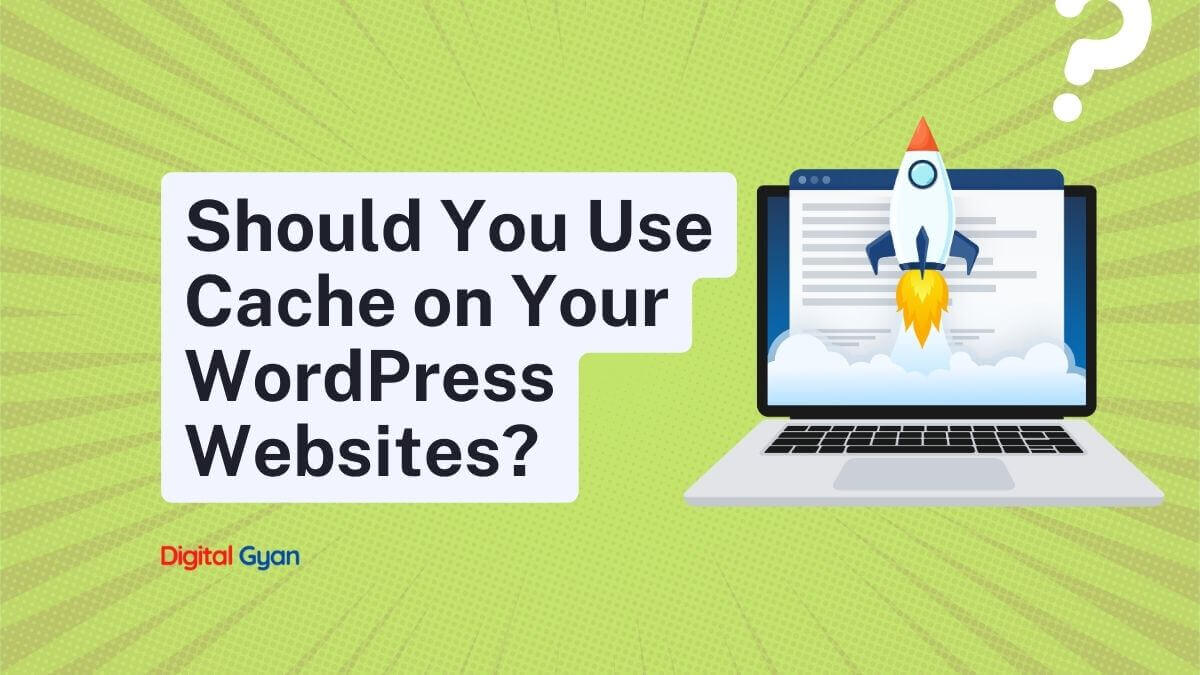What are Progressive Web Apps?
Ever wished you could use the apps you love when you’re offline? Or give consumers a similar experience to an application without the effort of downloading and installing one?
And the good news is that it is possible with progressive web apps (PWA). PWAs are revolutionizing how we interact with web content on our phones.
Progressive Web Apps (PWAs) are web applications that combine the best features of both websites and native mobile apps.
They are built using modern web technologies like HTML, CSS, and JavaScript. PWAs can be accessed through a browser, similar to traditional websites, but they offer a more app-like experience to users.
What Is a Progressive Web App (PWA)?
Progressive Web Apps are web applications that offer a regular site to users but appear as native mobile app. PWAs attempt to bring the usability of a typical mobile app to the modern browser feature set, taking full advantage of advances in both development areas.
Unlike traditional websites, PWAs offer offline functionality, allowing users to access and interact with the app even when there’s no internet connection. With PWAs, users can continue browsing, reading articles, or playing games seamlessly, regardless of their network status. This feature alone sets PWAs apart and makes them a game-changer in the app development arena.
Features of Progressive Web Apps
Offline Functionality
One of the standout features of PWAs is their ability to work offline. This is achieved through caching resources, such as HTML, CSS, JavaScript, and even media files, on the user’s device. Once cached, these resources are readily available, allowing users to continue using the app even when they’re offline.
Service Workers, a vital component of PWAs, handle the caching process and ensure a seamless offline experience. They run in the background, intercepting network requests and serving cached responses when the network is not available. This technology enables users to access content, browse through product catalogs, or use certain app features without any interruption, regardless of their internet connection.
Push Notifications
Progressive Web Apps take user engagement to a whole new level with push notifications. Just like native mobile apps, PWAs can send real-time notifications, keeping users informed and engaged even when they’re not actively using the app. This opens doors for businesses to establish a direct and personalized line of communication with their users.
Push notifications are highly effective in driving user engagement, providing updates, reminders, or even personalized offers. With PWAs, businesses can maximize user retention and conversion rates by staying in touch and delivering valuable information directly to their users’ devices.
App-like Experience
PWAs strive to offer the same seamless and immersive experience users get with native mobile apps. By deploying PWAs, users can enjoy a full-screen mode without the distractions of browser UI elements. This creates an app-like experience, making users feel like they’re using a standalone application rather than a website.
Moreover, PWAs provide smooth and responsive interactions, resembling the native app’s smooth transitions and animations. This level of user experience is achieved by leveraging modern web technologies, optimizing performance, and delivering an interface that responds quickly to user interactions.
Cross-Platform Compatibility
One of the key advantages of PWAs is their cross-platform compatibility. Unlike native apps that require separate development for each platform (iOS, Android, etc.), PWAs are designed to work on multiple operating systems and devices. This drastically reduces development efforts and maintenance costs.
Thanks to the power of web technologies, PWAs adapt seamlessly to various screen sizes, whether it’s a smartphone, tablet, or desktop. This flexibility ensures that your app reaches a wider audience and provides a consistent user experience, regardless of the device users choose to access it from.
How Do Progressive Web Apps Work?
Progressive Web Apps leverage several core technologies to deliver their impressive features and functionalities. Here’s a brief overview of the key components that make PWAs work:
Fundamentals of PWAs
PWAs follow the principle of progressive enhancement, which means they start with a core set of functionalities and progressively enhance the user experience based on the capabilities of the user’s device and browser. By adopting this approach, PWAs ensure that all users, regardless of their device’s capabilities, have access to the app’s core functionality.
Furthermore, PWAs utilize modern web technologies such as HTML, CSS, and JavaScript to deliver a rich user experience comparable to native apps. This provides developers with a familiar and powerful toolset to build robust applications accessible across platforms.
Service Workers
Service Workers are the backbone of PWAs. They are scripts that run in the background, independent of the website or app, enhancing the app with additional functionalities. Service Workers handle caching resources, intercepting network requests, and managing push notifications.
By caching app assets and content, Service Workers make it possible for PWAs to work offline. They store requested resources locally when there’s an internet connection, allowing the app to serve those resources seamlessly when users are offline. This makes PWAs highly reliable, even in low or no internet connectivity situations.
Web App Manifest
The Web App Manifest is a JSON file that provides metadata about the PWA to the browser. It contains important information such as the app’s name, icons, default URL, and preferred display mode. This allows the browser to treat the PWA as an app rather than a website, with features like the ability to save the app to the user’s device home screen and display an app-like icon.
Responsive Design and Progressive Enhancement
Unlike native mobile apps, PWAs adapt to a wide range of screen sizes and devices. Through responsive design practices, PWAs ensure that their layout and content are optimized for any screen, providing a visually appealing experience across devices.
Progressive enhancement is another crucial aspect of PWAs, enabling the app to deliver advanced functionalities to devices and browsers that support them. By progressively enhancing the app based on the capabilities of the user’s device, PWAs ensure that the experience is always optimal, regardless of the user’s device capabilities.
PWAs: What Are Your Browser Options?
There are two requirements for using a PWA: a compatible browser and a PWA-enabled service. First, let’s look at browsers. The Is PWA Ready? site is the best way of checking browser support.
Breaking it down a little more:
- Desktop browser (full support): Chrome, Firefox, Opera, QQ Browser, 360 Browser
- Desktop browser (buggy support): Safari, Microsoft Edge
- Mobile browser (full support): Chrome, Firefox, Xiaomi, UC Browser, Baidu, Wechat, Sogou, 360 Browser, Quark
- Mobile browser (partial support): Samsung, QQ Browser
- Mobile browser (buggy support): Cheetah
So, the major browsers all support PWAs. In the case of Microsoft Edge and Safari, additional PWA support is coming very soon.
Will PWAs Replace Native Apps?
Progressive Web Apps are an excellent hybrid step between your browser and a native app. Will they replace native apps entirely? Given that their current focus is existing sites and services, not at the current time.
We will undoubtedly see more crossovers, though. The statistics available at PWA Stats back this up, too. Here are a few interesting numbers for you to mull over:
- Trivago saw a 150 per cent engagement increase for users adding their PWA to a home screen.
- Forbes’ PWA “loads in 2.5 seconds,” while impressions per visit are up 10 per cent. Forbes’ PWA also saw user session lengths double.
- Twitter Lite saw a 65 per cent increase in pages per session, with a massive 75 per cent increase in tweets.
- Alibaba saw a 76 percent increase in mobile conversions.
Conclusion
Progressive Web Apps represent the future of app development, combining the best features of websites and native mobile apps. With offline functionality, push notifications, app-like experiences, and cross-platform compatibility, PWAs empower businesses to deliver exceptional user experiences, improve engagement, and reach a wider audience.
By leveraging core technologies like Service Workers, Web App Manifests, and responsive design, PWAs unlock new possibilities for app developers, providing an incredible scope for delivering powerful and accessible applications across multiple platforms.

